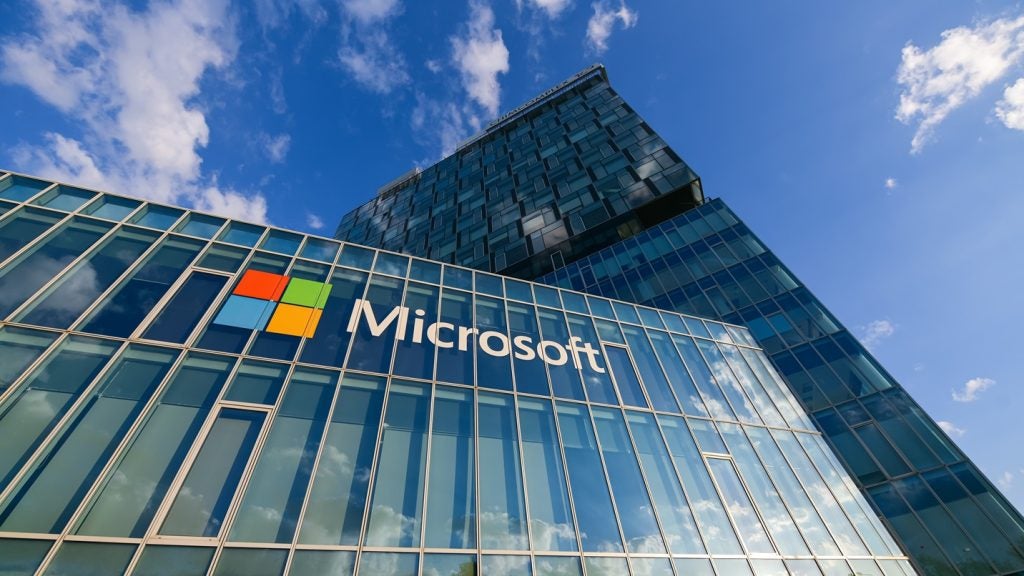Semtech has filed a patent for methods and apparatuses that support device-to-device (D2D) communication in a wireless network. The patent describes a method where a D2D device transmits a D2D communication not available message (DNAM) to another D2D device when it identifies a need for a second communication with a base station or a different D2D device. Upon receiving the DNAM, the other device transitions to a listening mode to receive a D2D communication available message (DAM), indicating that both devices are available for active D2D communications. The patent also mentions that the D2D device is capable of performing both D2D communication and cellular communication non-simultaneously. GlobalData’s report on Semtech gives a 360-degree view of the company including its patenting strategy. Buy the report here.
According to GlobalData’s company profile on Semtech, adaptive video coding was a key innovation area identified from patents. Semtech's grant share as of September 2023 was 53%. Grant share is based on the ratio of number of grants to total number of patents.
Methods and apparatuses for supporting device-to-device communication in a wireless network
A recently filed patent (Publication Number: US20230309001A1) describes a method for supporting device-to-device (D2D) communication in a wireless network. The method involves communication between a first D2D device (D1) and a second D2D device (D2).
According to the patent, the method begins with D2 transmitting a D2D communication not available message (DNAM) to D1 during a period when both devices are available for active D2D communications. The DNAM indicates that either D1 or D2, or both, are unavailable for active D2D communications. Upon receiving the DNAM, D1 transitions to a listening mode to receive a D2D communication available message (DAM) from D2. The DAM indicates that both D1 and D2 are available for active D2D communications. Importantly, D2 is capable of performing both D2D communication and cellular communication non-simultaneously.
The patent also describes additional features of the method. For example, during the listening mode, D2 can transmit a second DNAM if it identifies a need for a third communication. The DNAM can be transmitted to multiple devices, including D1. Transitioning to the listening mode involves D1 entering a power saving mode, where it sleeps for a specified sleep period. The duration of the sleep period can be specified in the DNAM or the second DNAM. After the sleep period, D1 listens for the DAM or the second DNAM during a receive mode period. If neither is received before the receive mode period expires, D1 transitions to a short power saving mode, where it sleeps for a short sleep period. After the short sleep period, D1 listens for the DAM or the second DNAM during a short wake-up period.
The patent also includes claims for end nodes (EN), gateways (GW), and mesh nodes (MN) that support D2D communication in a wireless network. These devices have similar functionalities to the D1 and D2 devices described in the method.
Overall, the patent presents a method and devices for supporting D2D communication in a wireless network, allowing for efficient communication between devices and the ability to switch between D2D and cellular communication modes.
To know more about GlobalData’s detailed insights on Semtech, buy the report here.
Data Insights
From

The gold standard of business intelligence.
Blending expert knowledge with cutting-edge technology, GlobalData’s unrivalled proprietary data will enable you to decode what’s happening in your market. You can make better informed decisions and gain a future-proof advantage over your competitors.







